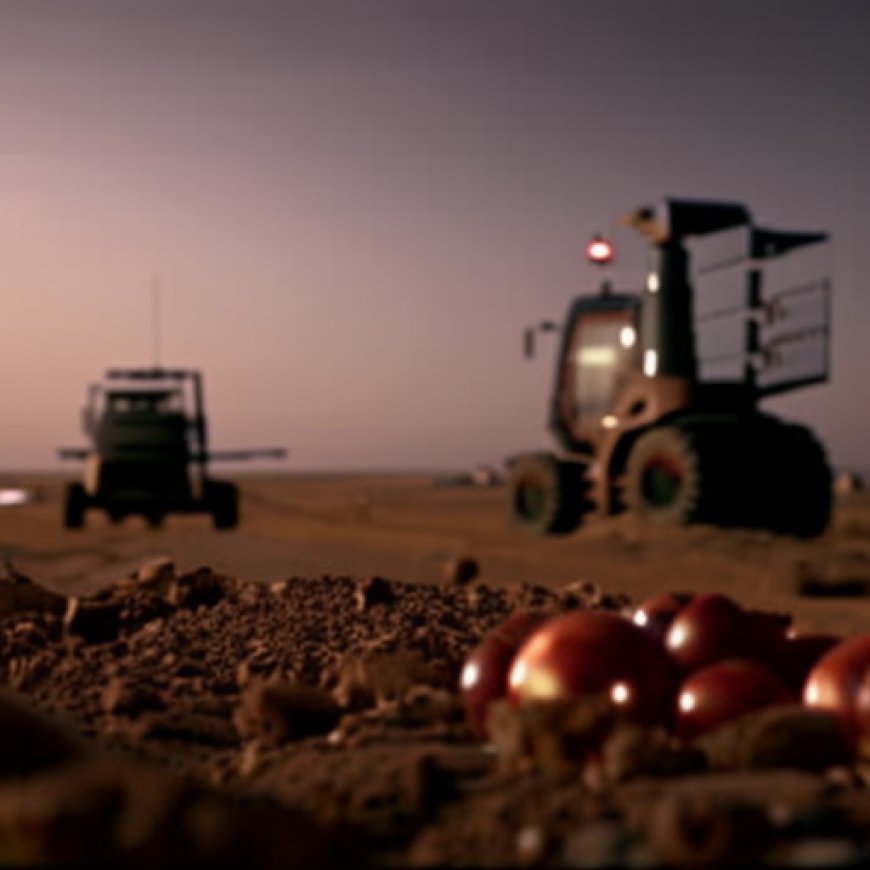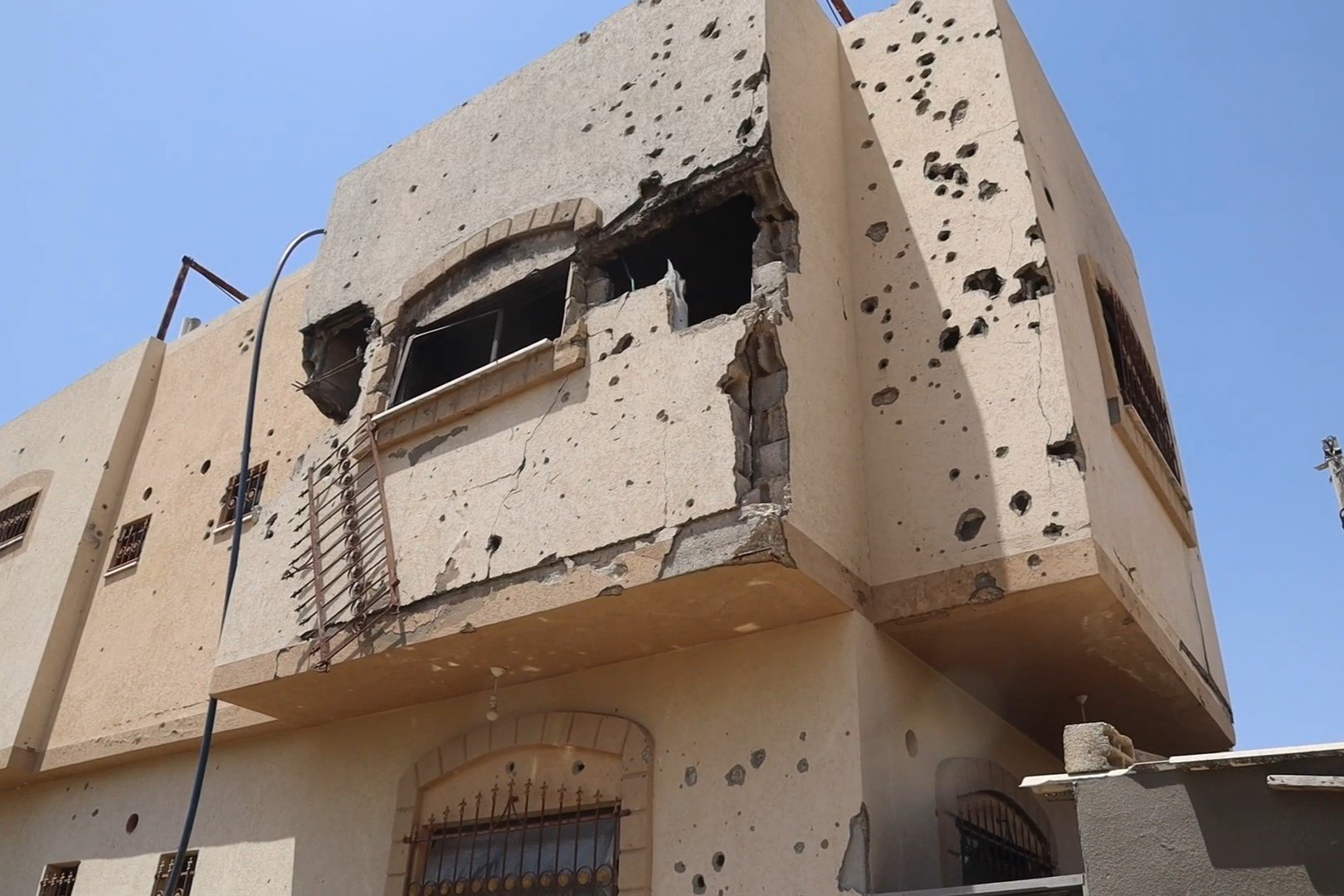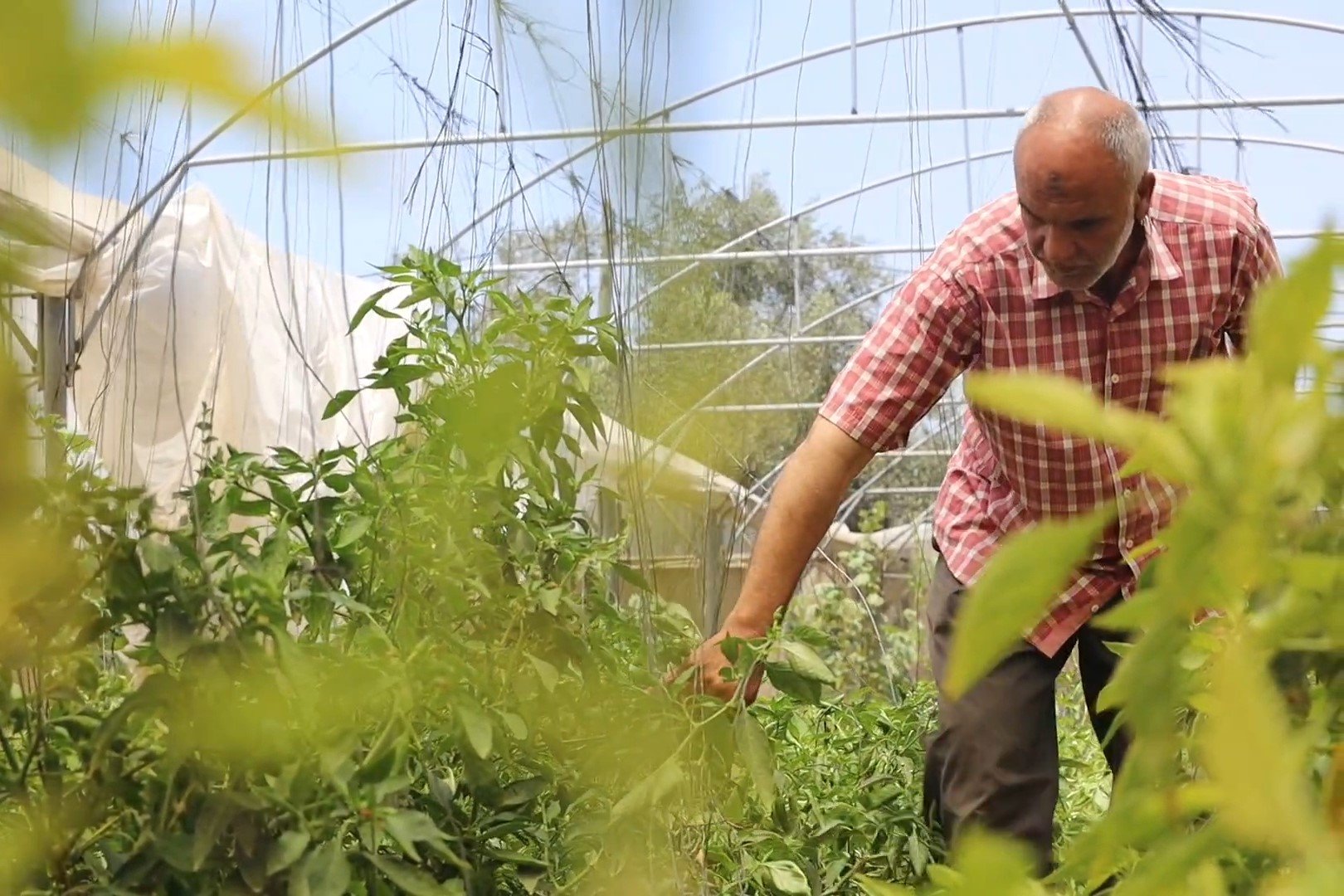Restricted Local Food Production Exacerbates the Humanitarian Crisis in the Gaza Strip – Impakter


Mohamed El Yaty: A Farmer’s Struggle in Gaza
Mohamed El Yaty, a 39-year-old farmer from Deir al-Balah in the central part of the Gaza strip, reminisces about the time before 7 October with longing and sorrow. He describes a life filled with hard work, waking up early in the morning, working until noon, and then returning to work in the afternoon until evening prayer time. However, the recent conflict has devastated Mohamed’s land, destroying his greenhouses and reducing his agricultural yields. This destruction is not unique to Mohamed’s farm, as most of the agricultural land in Gaza has been similarly affected.
- Mohamed has lost 22 family members to the conflict.
- His once 13 dunums (13,000 square meters) of land has been destroyed.
- Gaza’s agrifood system has been decimated, leading to worsened food security and nutrition conditions.
Due to the destruction of his land, Mohamed can now only work on half of his farm, resulting in significantly reduced yields of eggplants, cucumbers, peppers, and tomatoes. Gaza, which was once largely self-sufficient in producing vegetables, dairy, poultry, fish, red meat, and fruits, now faces a severe shortage of these essential food items.
Mohamed’s diet has been reduced to primarily canned foods, a stark contrast to the availability and accessibility of fresh and nutritious food before the conflict.
Yousef Al-Masri: A Devastated Home and Farm
In the southern part of Gaza, in the city of Khan Younis, Yousef Al-Masri’s home and farm were destroyed by the conflict. He was forced to move to a safer area, three kilometers away from his original location. Yousef used to grow peppers, eggplants, cabbage, tomatoes, and corn on his farm, which served as his source of livelihood and income. His production, along with that of other local farmers, provided nutritious food for many people in Gaza.
- Yousef’s home and farm were destroyed by the conflict.
- He had to move to a safer area, away from his original location.
- Gaza’s agricultural infrastructure has suffered widespread damage, affecting cropland, greenhouses, wells, and solar panels.
The destruction of agricultural infrastructure has led to a severe shortage of fodder and water, resulting in the deaths of about 70 percent of livestock and the decimation of 70 percent of the fishing fleet in the Gaza Strip. Only small-scale agricultural, livestock, and fishing activities continue when security allows.
The Data: Unprecedented Food Insecurity in Gaza
According to data published by the Integrated Food Security Phase Classification (IPC) global initiative, 96 percent of the population in the Gaza Strip will face high levels of acute food insecurity through September 2024. This translates to nearly half a million people at risk of starvation, with one in every five Gazans facing extreme hunger. The lack of access to fresh and nutritious food has led to worsening nutrition conditions.


The quantities of international humanitarian food aid, consisting mainly of non-perishable canned foods, are insufficient to meet the needs of the population. Canned and packaged foods cannot replace fresh and nutritious food like milk, red meat, and vegetables.
Addressing Food Insecurity in Gaza
Recognizing the nutritional gap in Gaza, the Food and Agriculture Organization of the United Nations (FAO) is taking action to support farmers and ensure food security. With the support of the governments of Belgium, Italy, and Norway, FAO is delivering barley fodder to safeguard surviving animals and increase milk production from small ruminants. Sheep and goat milk are particularly beneficial for children’s nutrition.
FAO is also helping farmers access essential supplies such as fodder concentrate, greenhouse plastic sheets, water tanks, animal vaccines, and veterinary kits. However, the delivery of life-saving assistance depends on establishing a lasting ceasefire and securing unimpeded access to humanitarian aid.
Immediate investment is crucial to protect the remaining livestock and farms and support the rapid recovery of the damaged agriculture and food system infrastructure caused by the conflict.
Despite the challenges, Mohamed is adapting to his damaged greenhouses and finding ways to continue his agricultural activities. He has resorted to outdoor planting due to the lack of cover and plastic sheeting in his greenhouse, resulting in a 50 percent drop in production. The resilience of Gazans is evident as they strive to eat, work, and survive while waiting for an end to the conflict and the opportunity to rebuild their livelihoods.
Editor’s Note: The opinions expressed here by the authors are their own, not those of Impakter.com — In the Cover Photo: Mohamed El Yaty’s damaged/destroyed greenhouse farm, June 20, 2024, Khan Younis, Gaza Strip. Cover Photo Credit: © FAO.
Source: impakter.com










